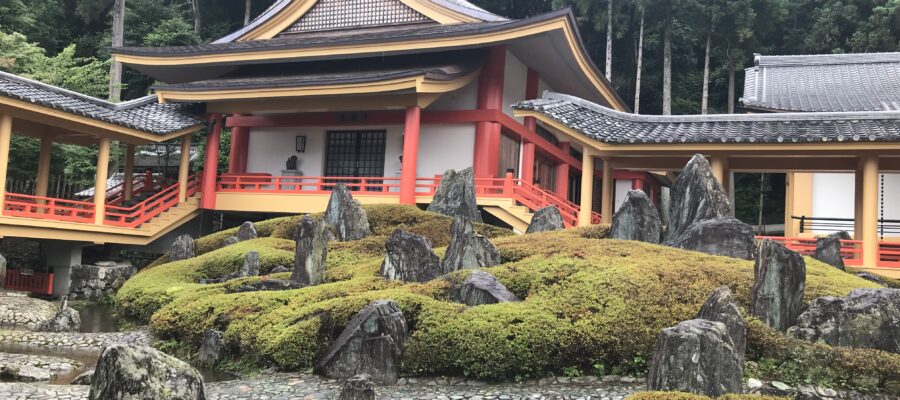松風苑の3つの庭園
大阪から京都の嵐山に行く少し手前にある松尾大社は京都最古の神社で、太古この地方に住んでいた住民が松尾山の神霊を祀って守護神としたのが起源とされています。ここには重森三玲によって作庭された松風苑の3つの庭園があり、明治以降における現代最高の芸術作品として知られています。
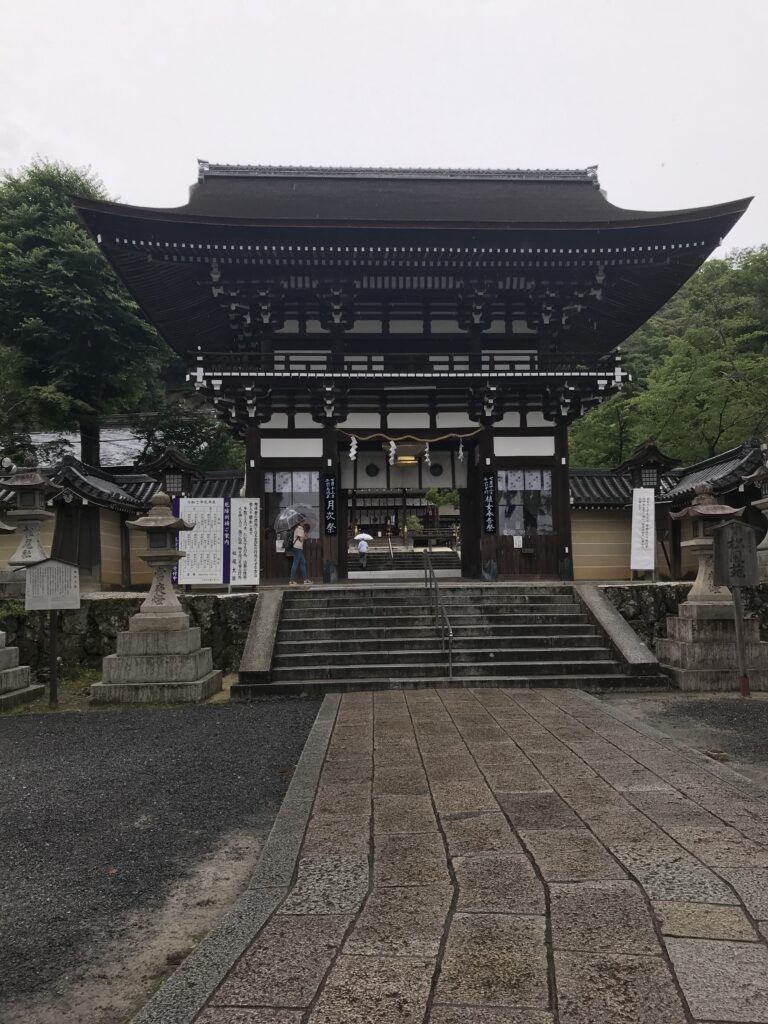
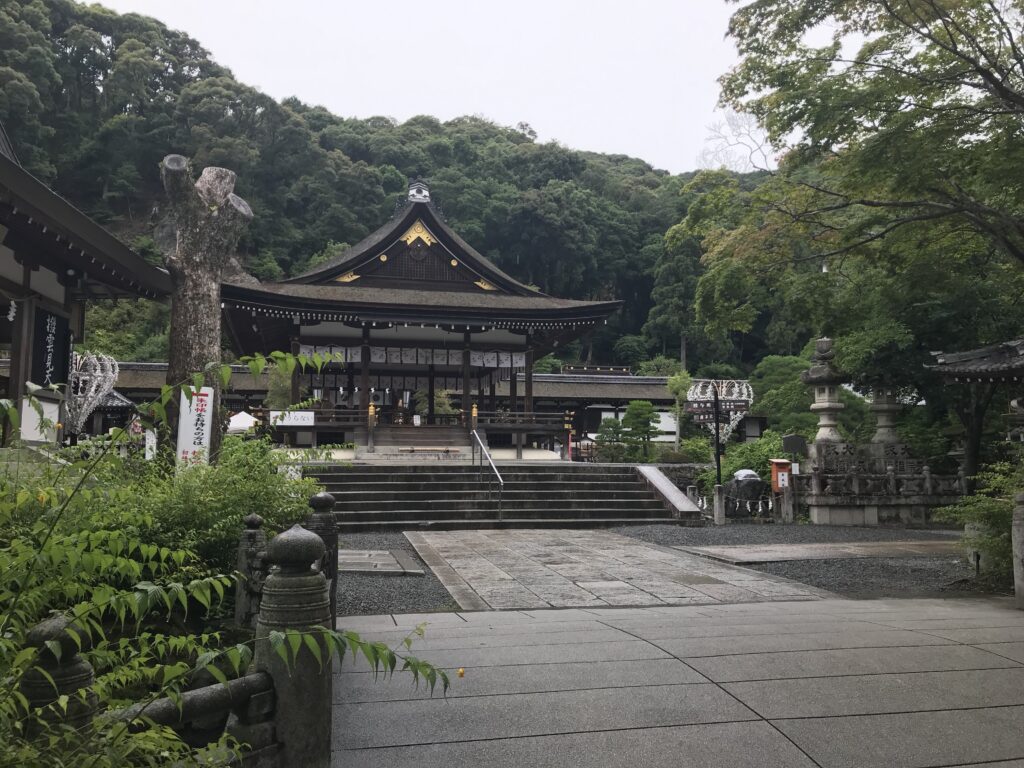
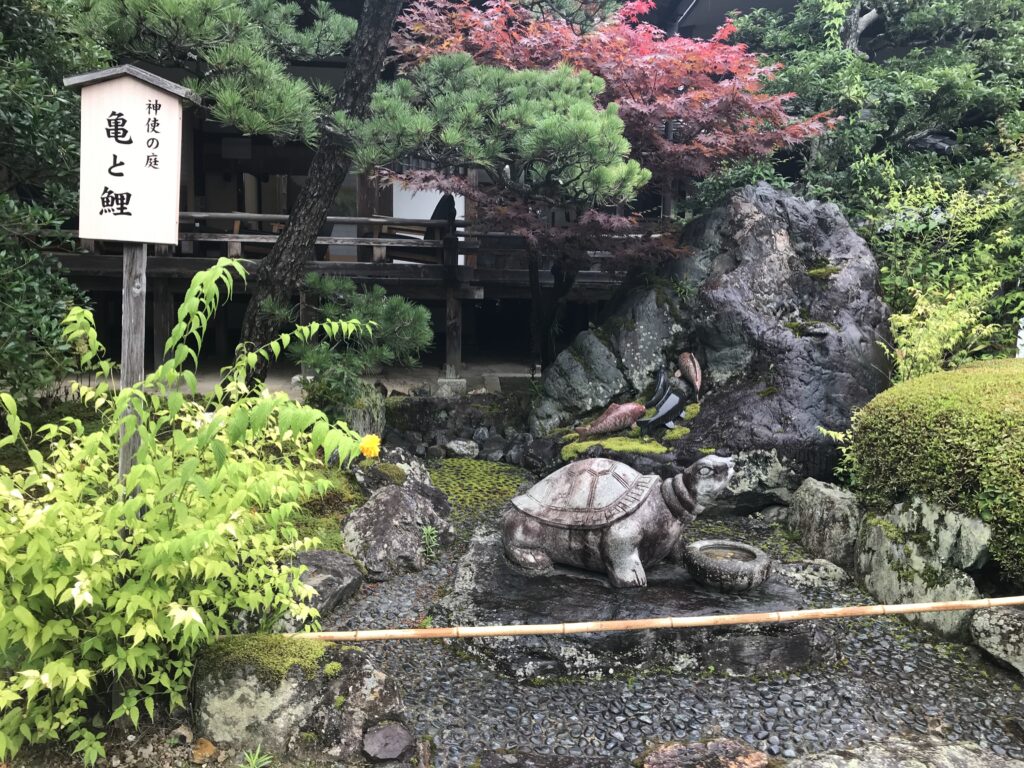
曲水の庭
楼門をくぐり、拝殿にて本殿にお参りした後、庭園の受付に向かいます。そこには小さな庭「神使の庭」があり、亀と鯉の石像が出迎えてくれます。そこから松風苑に入りまと、まず1つ目の平安時代風の曲水の庭を鑑賞します。水の流れの中にも石組を施し、石橋を架けたり、変化もつけられています。何か、御神酒の入った盃でも流れてきそうな雰囲気です。
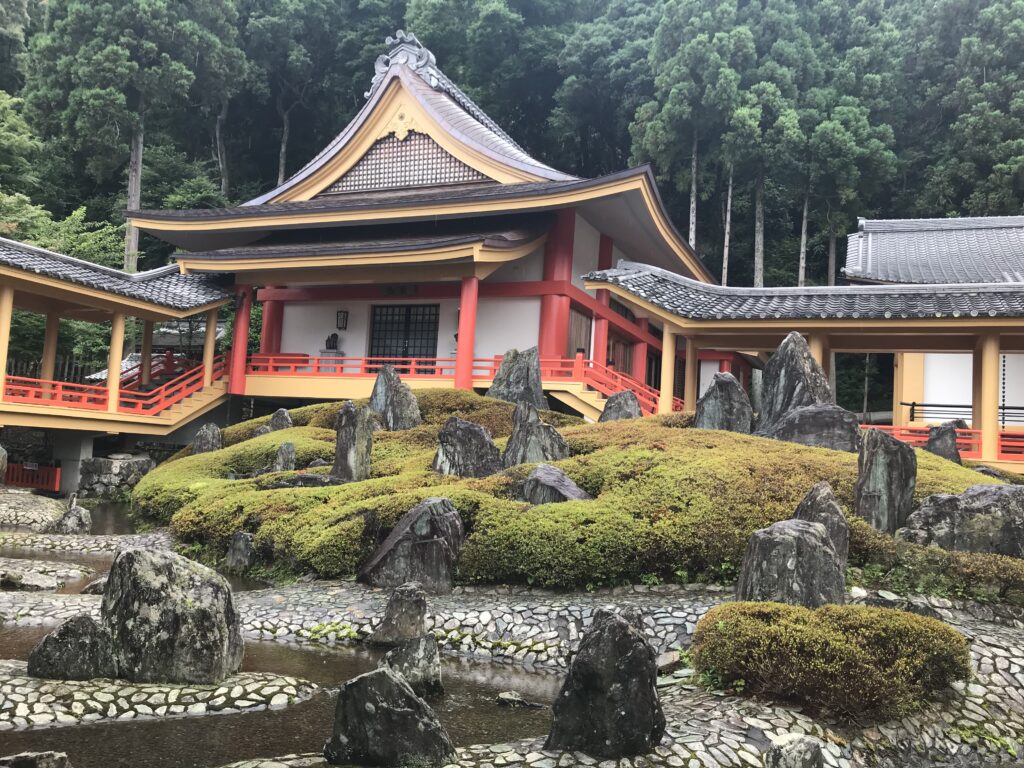
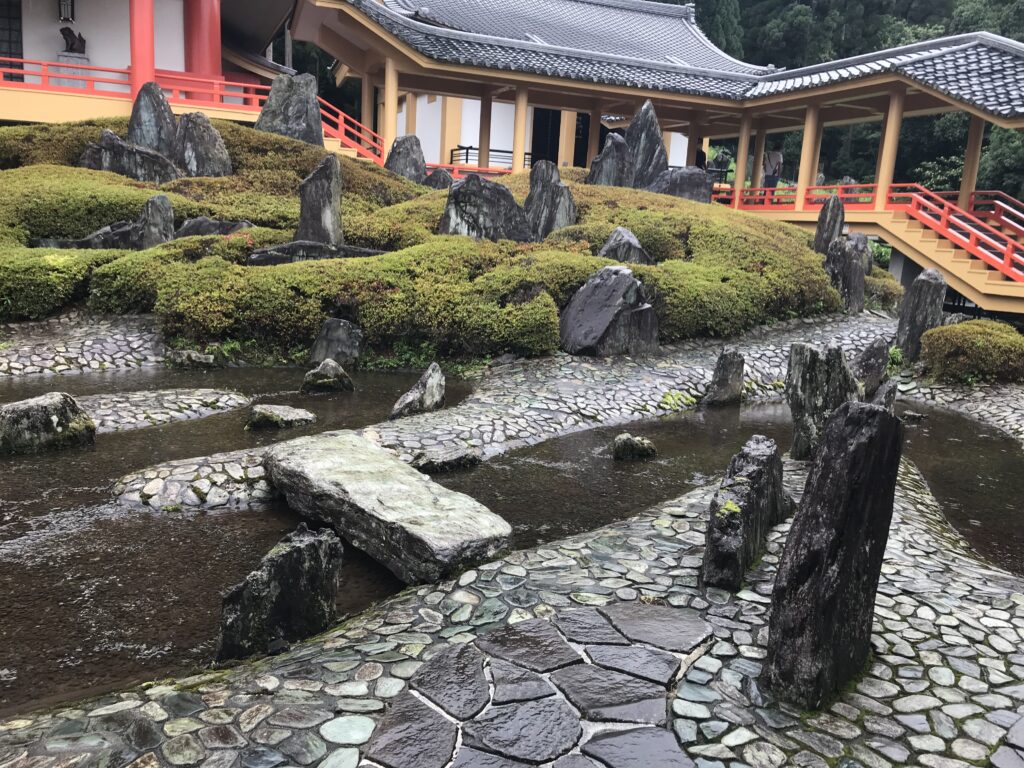
右側の渡り廊下を上っていくと神像館に突き当たりますが、その左横に小さな枯山水庭園があります。これは即興的につくられた庭で、当初の設計計画にはなかったそうです。渡り廊下、両側の建物のどこから見ても良いように石組が配置されています。
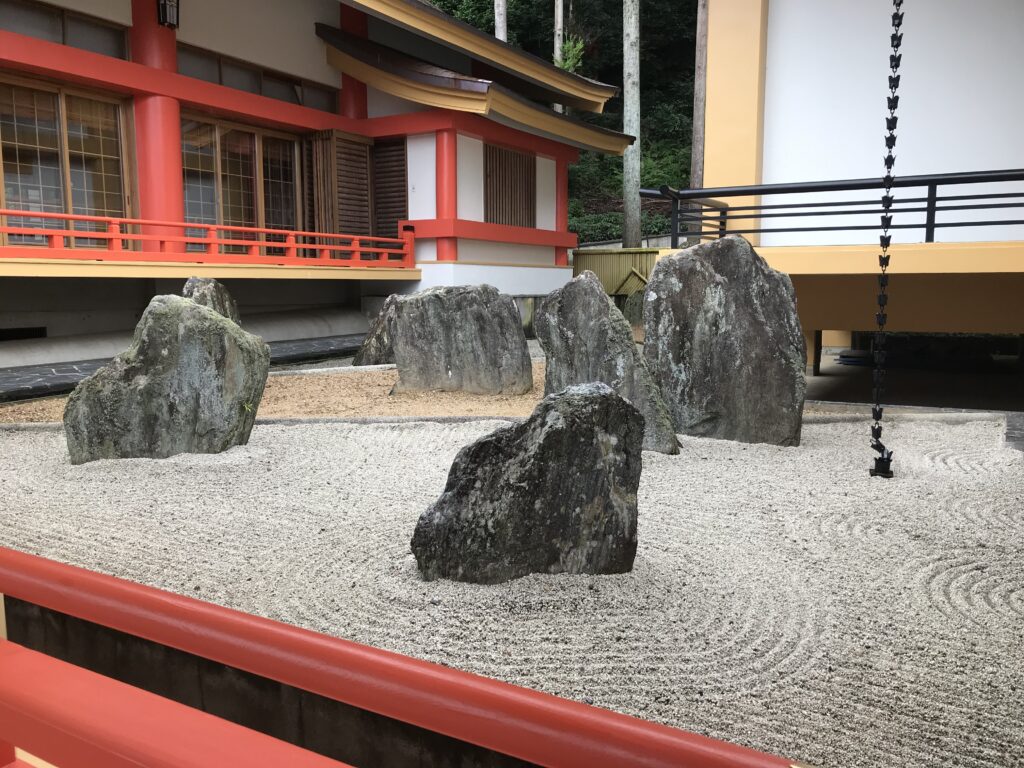
上古の庭
次に神像館の右側にある、2つ目の上古の庭を見ます。これは、松尾大社背後の山中にある磐座(日本庭園の原初形態で、御神体とした石)に因んで、山下に新たに造られました。ここに置かれた巨石は神々を象徴しており、神々の石によって据えられたと重森氏は説明されました。そう聞くと、なんとなく石群が神々しく見えてきませんか。
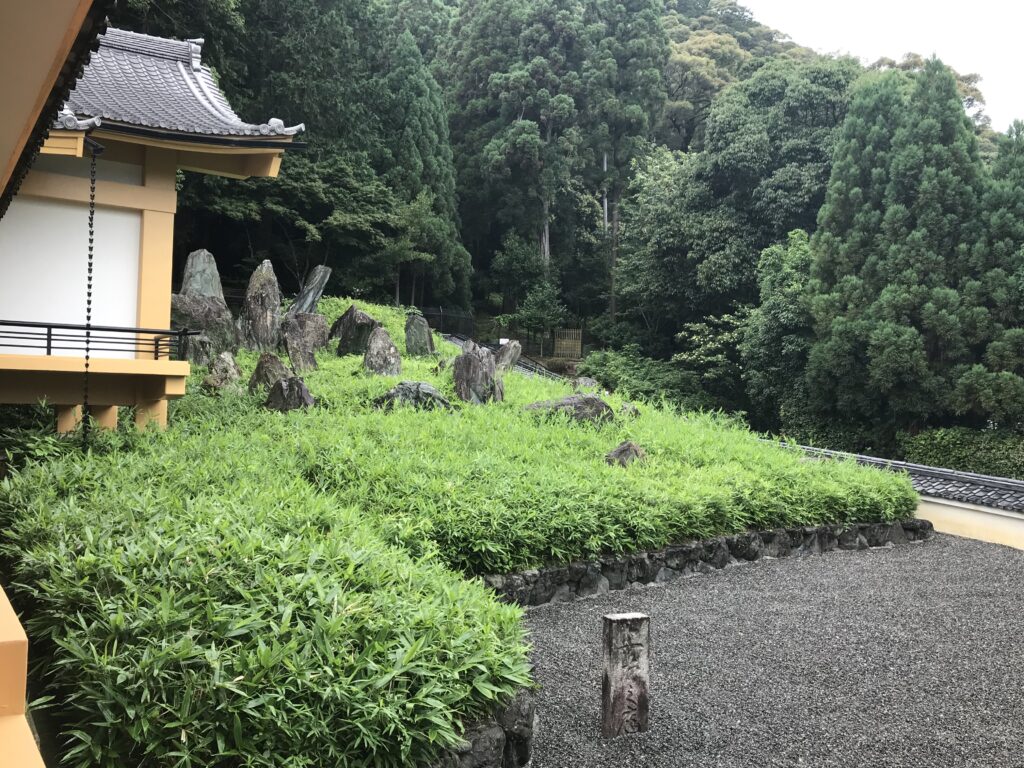
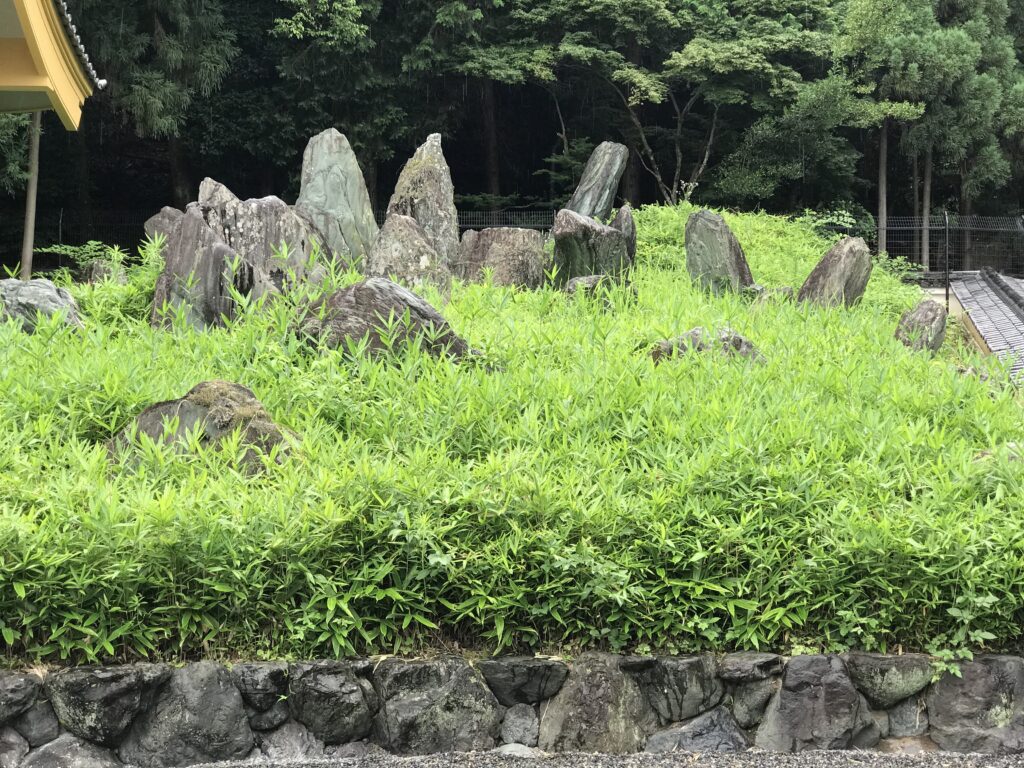
蓬莱の庭
最後に3つ目の蓬莱の庭を見ます。この庭は重森三玲さんが池の形を指示し、その後、息子さんの完途さんがその意思を次いで完成させたものです。最初で最後の親子合作の庭園だそうです。池の護岸が州浜でなく、現代的なところに特徴があります。この3つの庭に使われた200以上の石は全て四国吉野川の青石(緑泥片岩)です。すごく贅沢な気分にさせてくれる使い方です。(完)
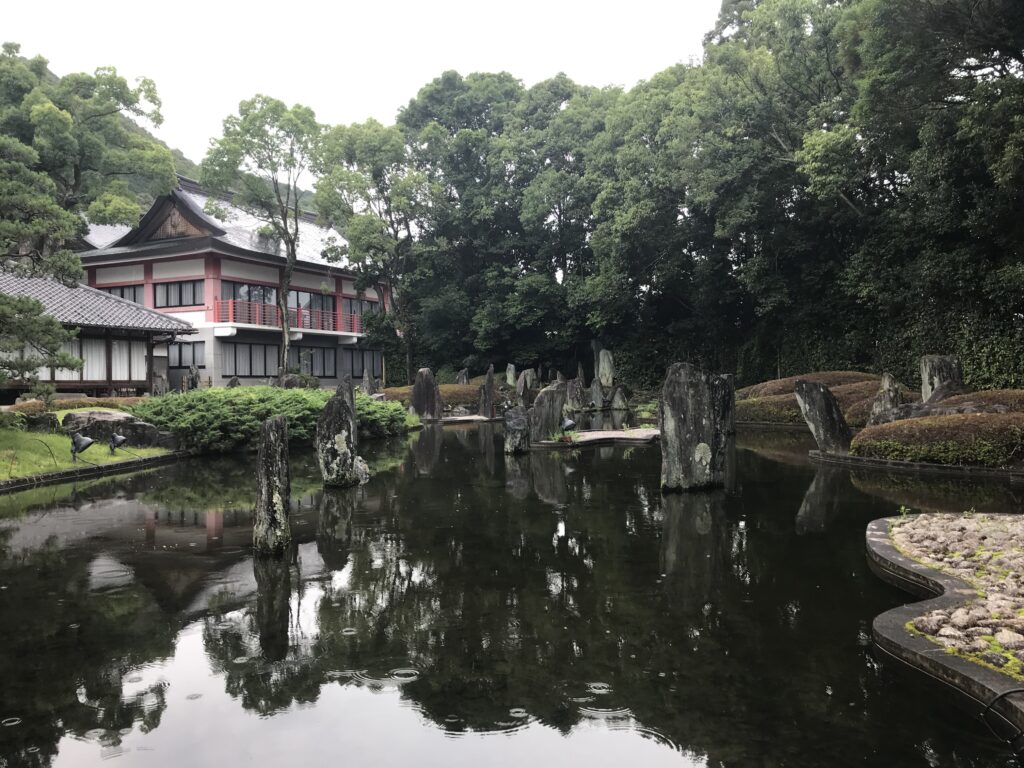
松尾大社の御朱印
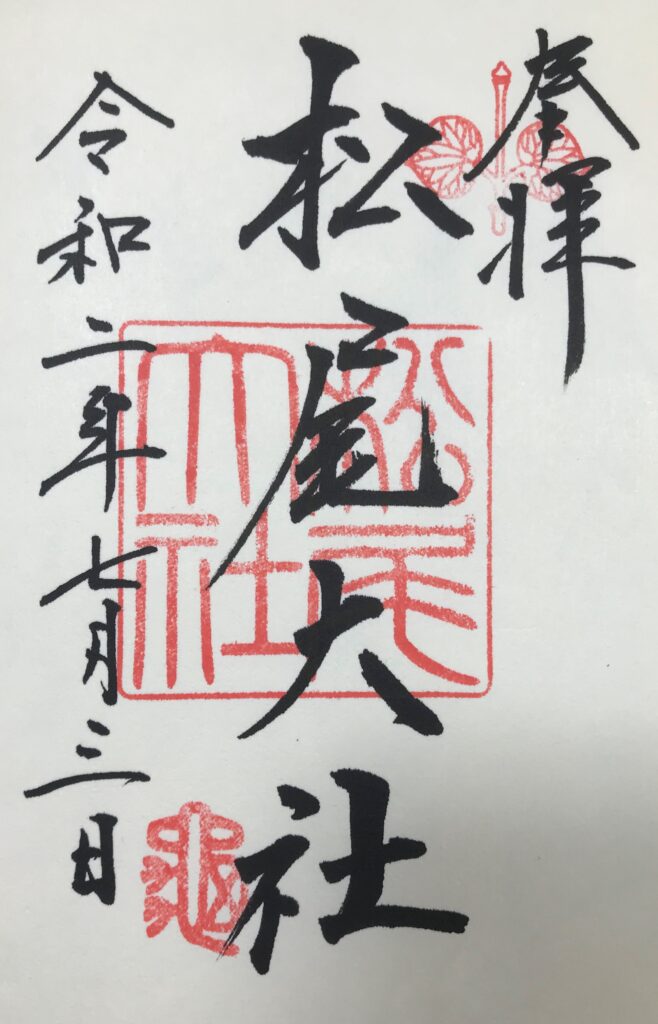
松尾大社が紹介されている書籍
神仏霊場会の公式ガイドブックに松尾大社が紹介されています。
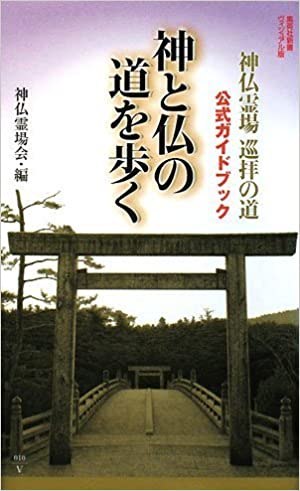
神と仏の道を歩く 神仏霊場巡拝の道公式ガイドブック (集英社新書ヴィジュアル版) [ 神仏霊場会 ]
価格:1,466円
(2021/5/6 09:24時点)
感想(5件)
Matsuo Grand Shrine
The three gardens of Shofuen
Matsuo Taisha Shrine, located a short distance from Osaka to Arashiyama in Kyoto, is the oldest shrine in Kyoto and originated when the inhabitants of the area enshrined the divine spirit of Mount Matsuo as their guardian deity. The three gardens of Shofuen, created by Mirei Shigemori, are known as some of the finest modern artworks since the Meiji era.
Meandering stream of water
After passing through the tower gate and visiting the main shrine at the worship hall, I headed to the garden reception area. There was a small garden called “Shinshi-no-niwa” where you will be welcomed by a stone statue of a turtle and a carp. From there, you will enter the Shoufuen Garden, where the first garden was a curved water garden in the style of the Heian period (794-1185), and the flowing water was decorated with stones and a stone bridge. It looked as if a sake cup filled with sacred wine was flowing.
If you walk up the corridor on the right, you will come to the Shinzo-kan, and to the left of it was a small dry landscape garden. This was an improvised garden and was not part of the original design plan. The masonry was arranged in such a way that it could be seen from all sides of the corridor and both buildings.
Ancient Japanese garden
Next, you will see the second garden on the right side of the Statue Hall, the Kamiko Garden. This was newly built under the mountain in reference to the Iwaza (a stone used as a sacred object in the original form of Japanese gardens) located in the mountains behind Matsuo Taisha Shrine. Mr. Shigemori explained that the huge stones placed here symbolized the gods and were set up by the stones of the gods. When you hear that, don’t the stones look divine somehow?
Garden of Hourai
Finally, you will see the third garden, the Hourai Garden. This garden was created by Mirei Shigemori, who directed the shape of the pond, and then completed by her son, Kanto. It is said to be the first and last garden created by a father and son. The pond’s shore was not a Suhama (beach), but a modern one. The more than 200 stones used in these three gardens are all bluestone (green mud schist) from the Yoshino River in Shikoku. The use of these stones made me feel very luxurious. (End)
Grand sanctuaire de Matsuo
Les trois jardins de Shofuen
Le sanctuaire Matsuo Taisha, situé à une courte distance d’Osaka à Arashiyama à Kyoto, est le plus ancien sanctuaire de Kyoto. Il a vu le jour lorsque les habitants de la région ont consacré l’esprit divin du mont Matsuo comme divinité tutélaire. Les trois jardins de Shofuen, créés par Mirei Shigemori, sont connus pour être parmi les plus belles œuvres d’art moderne depuis l’ère Meiji.
Courant d’eau sinueux
Après avoir franchi la porte de la tour et visité le sanctuaire principal dans la salle de culte, je me suis dirigé vers la zone d’accueil du jardin. Il y avait un petit jardin appelé “Shinshi-no-niwa” où vous serez accueilli par une statue en pierre représentant une tortue et une carpe. De là, vous entrerez dans le jardin Shoufuen, dont le premier jardin était un jardin d’eau incurvé dans le style de la période Heian (794-1185), et l’eau qui coulait était décorée de pierres et d’un pont en pierre. On aurait dit qu’une coupe de saké remplie de vin sacré coulait.
En remontant le couloir sur la droite, vous arrivez au Shinzo-kan, et à gauche de celui-ci se trouvait un petit jardin paysager sec. Il s’agissait d’un jardin improvisé qui ne faisait pas partie du plan de conception initial. La maçonnerie était disposée de manière à être visible de tous les côtés du couloir et des deux bâtiments.
Ancien jardin japonais
Ensuite, vous verrez le deuxième jardin sur le côté droit de la salle des statues, le jardin Kamiko. Celui-ci a été nouvellement construit sous la montagne en référence à l’Iwaza (une pierre utilisée comme objet sacré dans la forme originale des jardins japonais) situé dans les montagnes derrière le sanctuaire Matsuo Taisha. M. Shigemori a expliqué que les énormes pierres placées ici symbolisaient les dieux et étaient mises en place par les pierres des dieux. Quand vous entendez cela, les pierres n’ont-elles pas un air divin ?
Jardin de Hourai
Enfin, vous verrez le troisième jardin, le jardin Hourai. Ce jardin a été créé par Mirei Shigemori, qui a dirigé la forme du bassin, puis complété par son fils, Kanto. On dit que c’est le premier et le dernier jardin créé par un père et son fils. La rive de l’étang n’était pas une Suhama (plage), mais une plage moderne. Les plus de 200 pierres utilisées dans ces trois jardins sont toutes des pierres bleues (schiste à boue verte) provenant de la rivière Yoshino à Shikoku. L’utilisation de ces pierres m’a donné un sentiment de luxe. (Fin)
